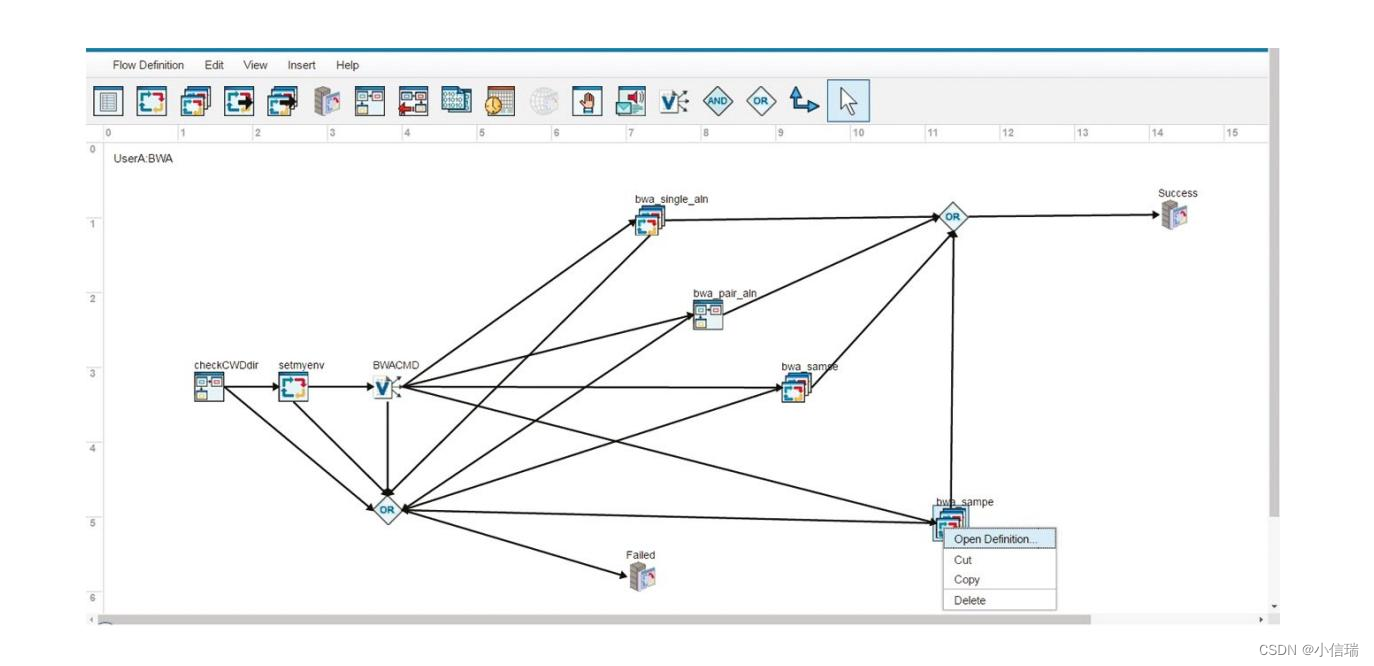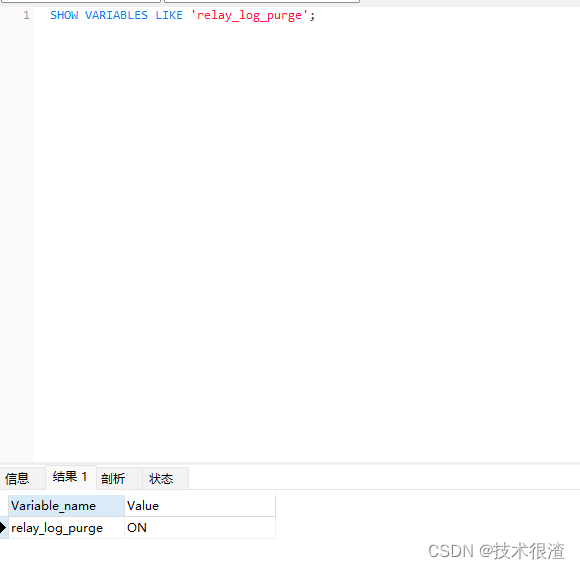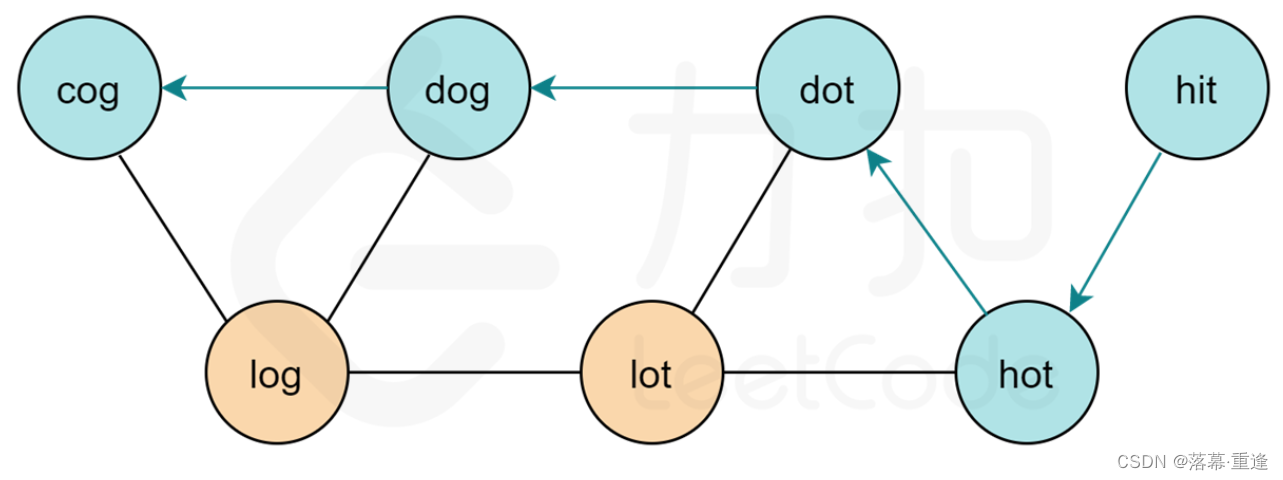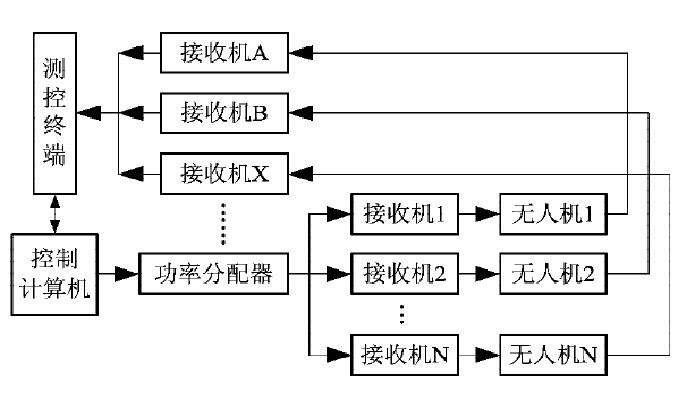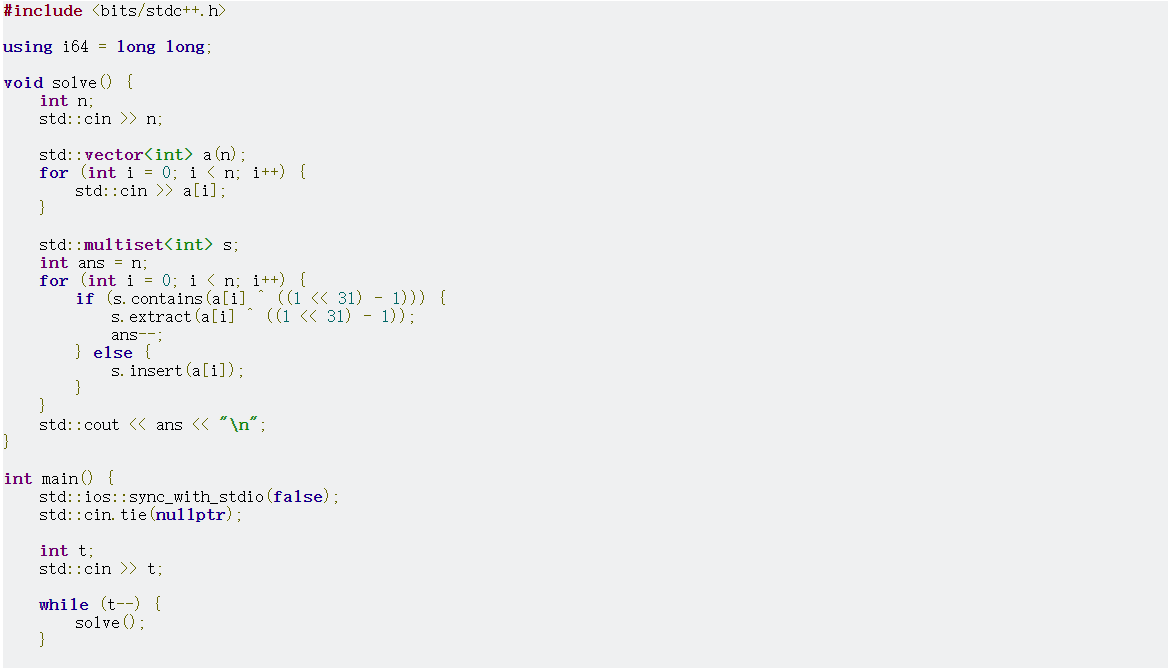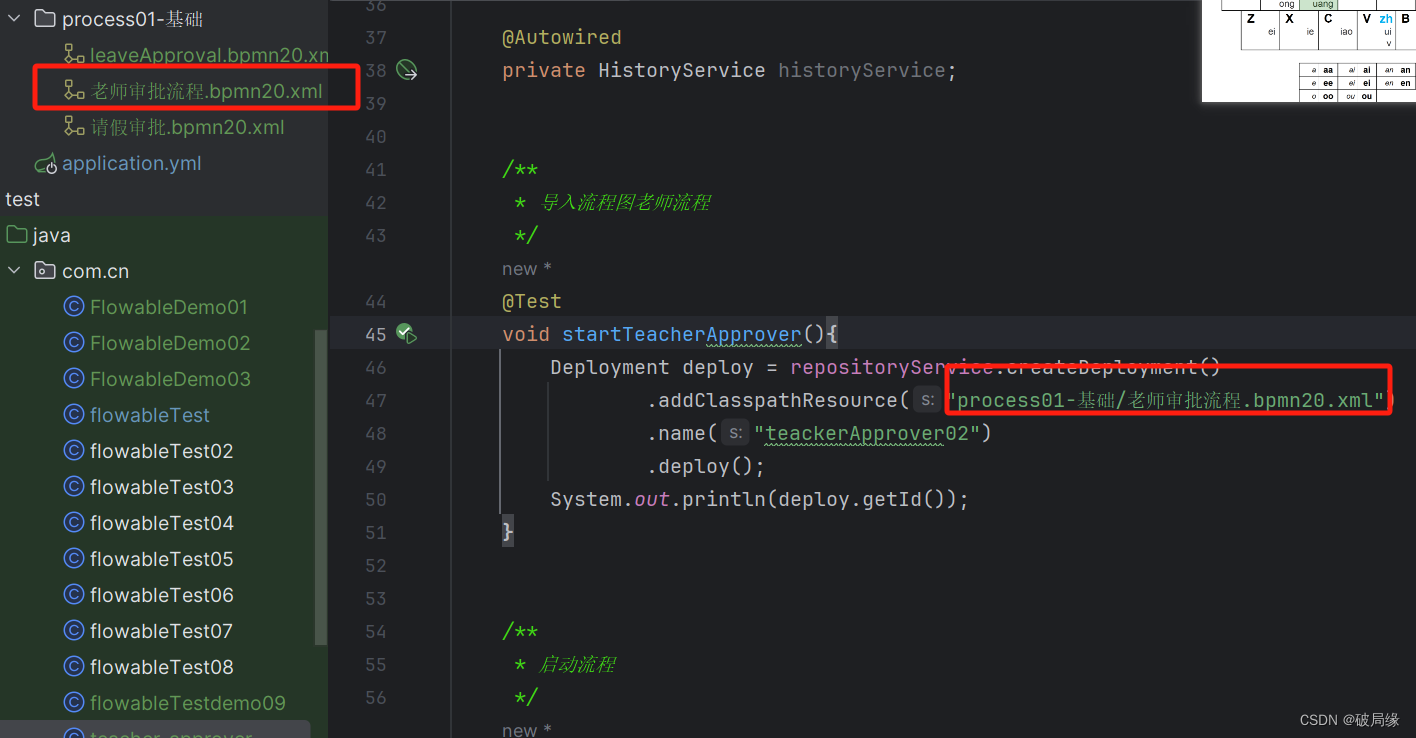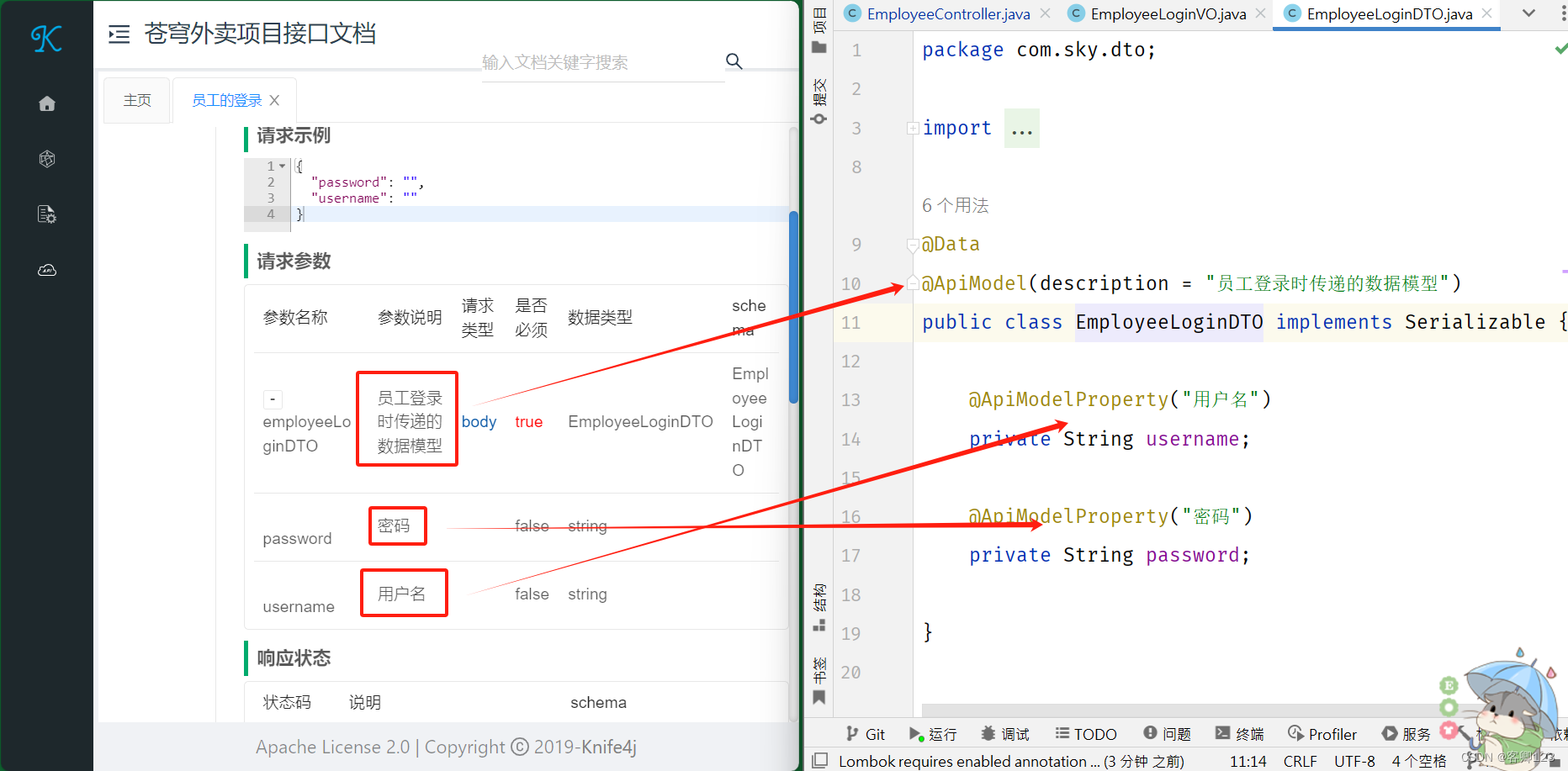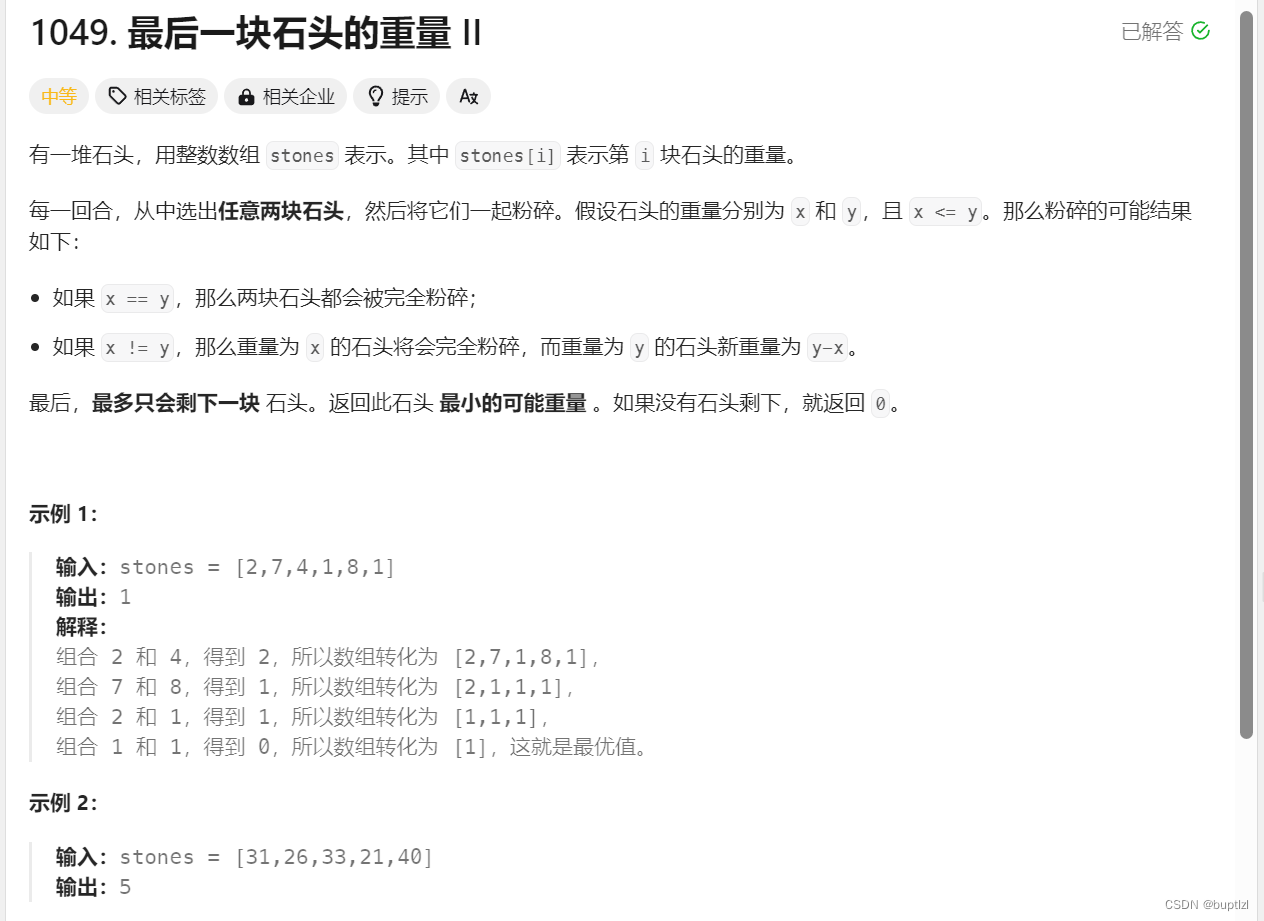题目
590. N 叉树的后序遍历
分析
我们之前有做过LeetCode的 145. 二叉树的后序遍历,其实对于 N 叉树来说和二叉树的思路是一模一样的。
二叉树的后序遍历是【左 右 根】
N叉树的后序遍历顺序是【孩子 根】,你可以把二叉树的【左 右 根】想象成【孩子 根】,因为左右就是孩子。
PS:【145. 二叉树的后序遍历】 的讲解博文链接:LeetCode.145. 二叉树的后序遍历
代码
先看一下二叉树后序遍历的代码:
/**
* Definition for a binary tree node.
* public class TreeNode {
* int val;
* TreeNode left;
* TreeNode right;
* TreeNode() {}
* TreeNode(int val) { this.val = val; }
* TreeNode(int val, TreeNode left, TreeNode right) {
* this.val = val;
* this.left = left;
* this.right = right;
* }
* }
*/
class Solution {
public List<Integer> postorderTraversal(TreeNode root) {
List<Integer> res = new ArrayList<>();
func(root,res);
return res;
}
void func(TreeNode cur,List<Integer> res) {
if(cur == null) return ;
// 先遍历左子树
func(cur.left,res);
// 再遍历右子树
func(cur.right,res);
// 最后记录根节点
res.add(cur.val);
}
}
只需要改动一点就是N叉树的后序遍历代码,如下:
/*
// Definition for a Node.
class Node {
public int val;
public List<Node> children;
public Node() {}
public Node(int _val) {
val = _val;
}
public Node(int _val, List<Node> _children) {
val = _val;
children = _children;
}
};
*/
class Solution {
public List<Integer> postorder(Node root) {
List<Integer> res = new ArrayList<>();
if(root == null) return res;
pos(root,res);
return res;
}
void pos(Node cur,List<Integer> res) {
if(cur == null) return ;
// 先记录孩子
for(Node node : cur.children) {
pos(node,res);
}
// 在记录当前节点
res.add(cur.val);
}
}
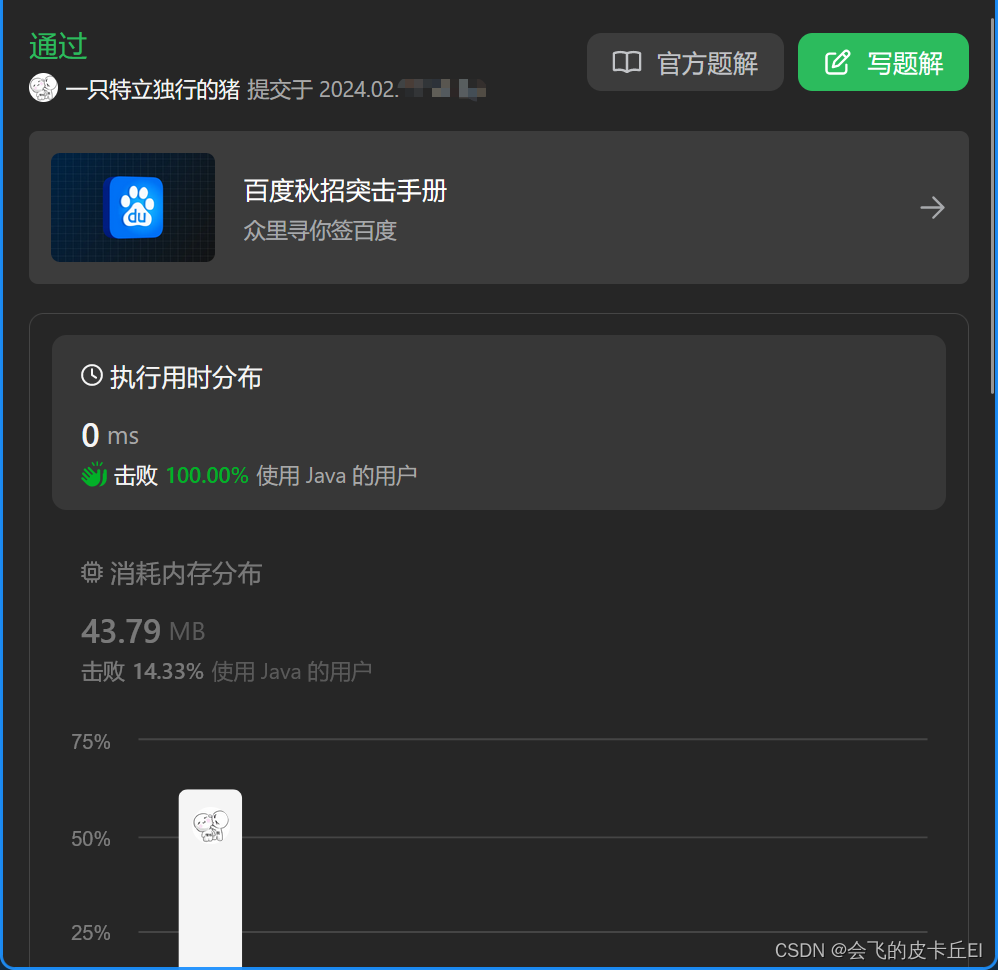

![[SwiftUI]自定义下划线](https://img-blog.csdnimg.cn/direct/fe613bdc4130494d9606247b896d5ea0.png)

